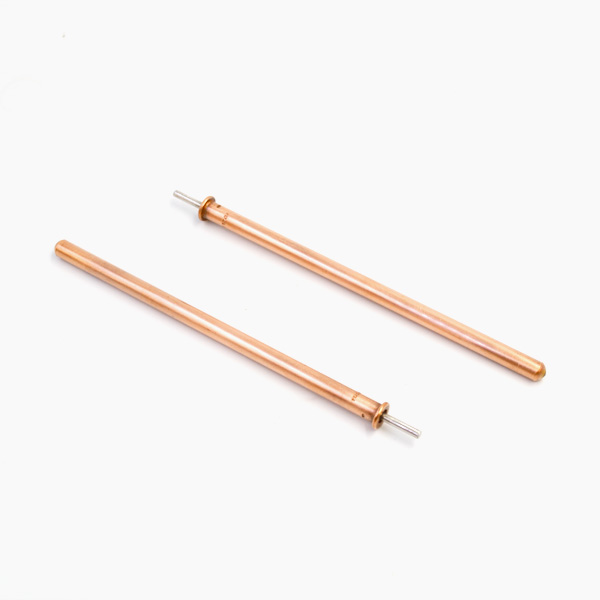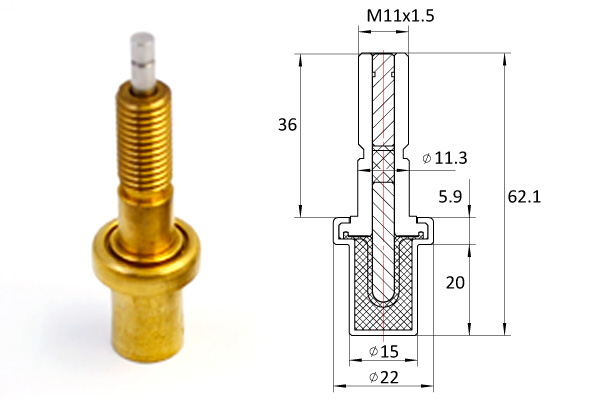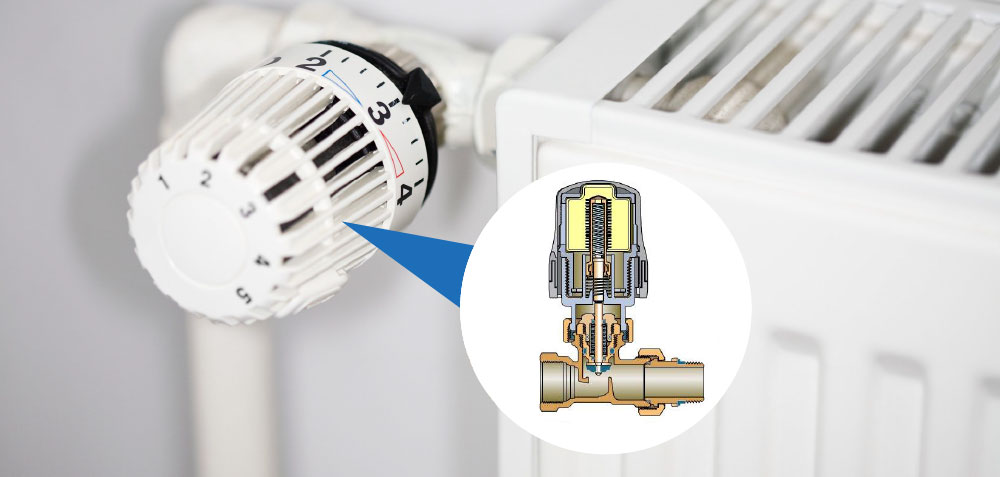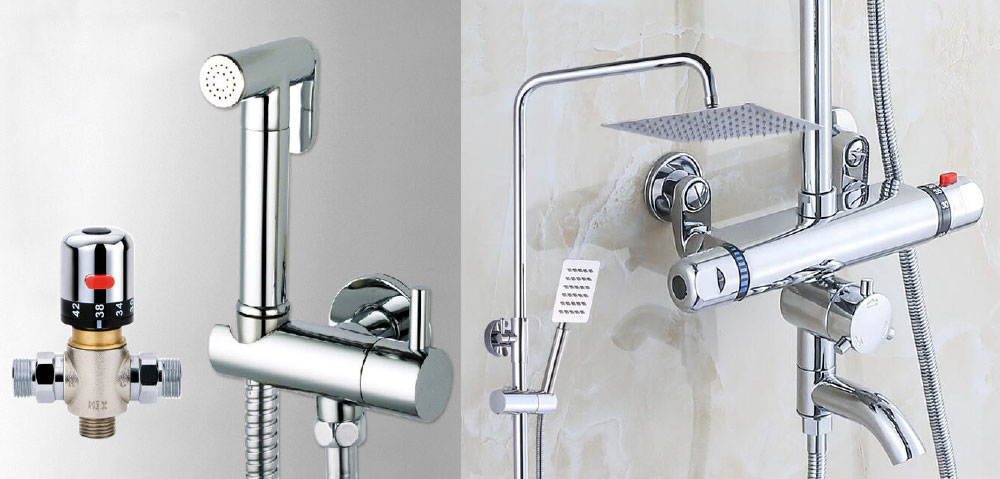“Electrical Appliances and Programmable Controller” course is an important professional course of electrical and automation specialty. According to the characteristics of the course, this paper puts forward corresponding reform measures from two aspects of theoretical teaching and practical teaching. After implementation, students’learning initiative and engineering practice ability have been improved, and good results have been achieved. “Electrical Appliances and Programmable Controller” is an important professional course of automation and electrical engineering and Automation Specialty in our institute. It not only has certain theoretical requirements, but also is a comprehensive application of a variety of knowledge, and has strong practicality. As an application-oriented undergraduate teaching unit, the students trained in our university should have strong practical engineering ability. Improving students’engineering practice ability through key professional courses is also an important issue for teachers to study. This paper puts forward some reforms and explorations in theory and Practice on the basis of the existing problems of this course and the training objective.

At present, thermostatic element the most common mode in undergraduate professional course teaching is theory plus experiment.
In this mode, teachers are basically speaking actively in class, students listen passively from beginning to end, lack initiative and participation, and the teaching effect is not ideal. In practice teaching, first of all, the number of experimental class hours is limited by the training plan, which can not fully meet the teaching requirements; secondly, the number and function of experimental equipment in schools are usually lagging behind the teaching requirements, and some experiments are difficult to carry out or can only do a demonstration. Examination also pays attention to theory rather than practice. Although experiment occupies a certain proportion in the general evaluation, it has no binding force on students, and students generally do not attach importance to it. Under this kind of teaching mode, it is difficult to cultivate students’practical ability. The engineering application characteristics of the course “Electrical Appliances and Programmable Controller” are very prominent.
Therefore, in theory teaching, teachers should establish the guidance of theory serving practice, take engineering examples as the basis in theory teaching, and reform teaching methods to attract students to listen and guide students to learn actively to improve learning effect. We have made the following attempts in the course construction. Years of teaching experience tells us that if we stimulate students’interest in learning, teaching and learning will achieve twice the result with half the effort. Interactive teaching is a good teaching method to stimulate students’interest in learning and let students participate in the teaching process. In this curriculum reform, the specific approach is: after a certain chapter is taught, the content of the course is assigned one week in advance, the whole class is divided into groups to discuss, and each group is asked to randomly select a representative to give a report to the whole class and make a comparison. Finally, the teacher summarizes. In this way, every student dare not slack, will actively participate in. In the process of preparing the report, students actively consult relevant materials and bring the hot issues and frontier knowledge of programmable control technology into the classroom naturally. This not only stimulates students’interest in learning, but also broadens their knowledge. It is also a brand-new teaching mode for students.

The application of engineering examples in theoretical teaching should be close to production and life.
This course mainly consists of two parts: electrical control and programmable controller. No matter which control method is adopted, the actuators involved are solenoid valves and motors.
It can achieve good results to select familiar examples in production and daily life to explain with professional characteristics. For example, the positive and reverse circuit of motor is a very important knowledge point in this course, and it is also a typical control circuit. There are many examples of its application. In this course, we choose the electric door which we are familiar with in our daily life as an example.

Every student has seen this example, and everybody goes in and out of the campus every day through the school gate, but it will not be linked with the course. Through this example, the knowledge of motor forward and backward control, point control and long motion control, as well as limit protection can be connected in series, and the selection principle of components and matters needing attention in the process of circuit design can be mentioned. When we talk about the programmable controller at the end of the course, we also choose this example to explain how to convert the control circuit of conventional relay contactor into trapezoidal diagram. The logical relationship and expression method of open and closed contacts in the two control modes are compared. At the same time, it will put forward the line fault problems in actual work, such as the tripping phenomenon when the motor is switching forward and backward, so that students can think, let them find out the causes and solutions of the fault, so as to cultivate their practical ability. At present, the trend of the new undergraduate talent education and training program is to reduce the total educational credits, reduce compulsory credits and increase the elective space. Affected by this, the class hours have been reduced from 64 to 48.

In order to make up for the lack of class hours, our school has introduced Blackboard network teaching platform, which enables students to continue learning and interact with teachers after class. Teachers can also put some expanded content into the platform, so that interested students can discuss in depth. Practical teaching is the key to cultivate students’engineering practice ability. The practice of this course consists of pre-class practice, in-class experiment and follow-up course design. According to the new training plan, a week’s electrician practice is arranged for the electrical major in the second grade of university. The practice includes the understanding of low voltage electrical components and the installation and operation of basic control circuits, which cultivates the students’practical ability, and at the same time raises the students’ interest in the study of this professional course, and gives lectures on the electrical control part of this course. The solution lays the groundwork. In recent years, with the great investment of the school, the experimental equipment of programmable controller has reached 20 sets, which can basically be divided into two groups. According to the current training plan, the experimental hours are basically 6 to 8 hours, which can not meet the needs of the curriculum. In order to increase the effective time of experiment, we assign experiment tasks in theory class, requiring students to complete the programming before class, input experiment procedures in advance, and in class students’task is wiring and debugging, and analyze the results of experiment operation. In this way, there is basically no situation that the experiment can not be completed in class, and the content that can be completed in the same experiment class correspondingly increases. Usually the students pay more attention to the written examination but do not take the experiment seriously. When doing the experiment, there will be a situation of overflowing and fishing in muddy water. In view of this phenomenon, we have appropriately increased the proportion of the experimental results in the overall evaluation, and informed the students of the experimental assessment system at the first class hour.
Specifically, the preview report should be checked before each experiment class, and students without preview are not allowed to enter the laboratory; in the experiment class, according to the debugging process, the experimental results are scored on the spot; each experiment result is synthesized from preview, operation and experiment report, and the final experiment result is obtained by each experiment item according to the difficulty system. Number weighted average is obtained. Students who fail in the experiment will be disqualified from the theoretical examination directly.
Through the strict assessment system, students pay more attention to the experimental courses, enhance their initiative in learning, and exercise their practical ability. In the new training plan, we increased the time of curriculum design from one week to two weeks, which made up for the shortage of experimental hours. For each design topic, ensure that there is a certain degree of difficulty and workload, and according to the difficulty is divided into general, medium and difficult levels for students to choose. At the same time, we allow and encourage learning students to choose their own topics according to their interests, so as to ensure the teaching requirements and meet the needs of different students. In the design process, the teacher strictly controls the checks. Not only should each group check the debugging results, but also each student in the group should ask questions according to the division of labor.

At the end of the report, each student should also reply to ensure that each student can get the corresponding training. After this operation, the dependence between students is reduced, and the ability of students to solve problems independently is improved. In view of the characteristics of the course “Electrical Appliances and Programmable Controller”, we have carried out the reform both theoretically and practically, and achieved good results initially. The most notable is the students’initiative in learning, and the ability of engineering practice has been greatly improved. The teaching reform of the course is a long-term and gradual process. In the future, we should cooperate with other teaching units to cultivate engineering and technical talents that meet the needs of the society.
